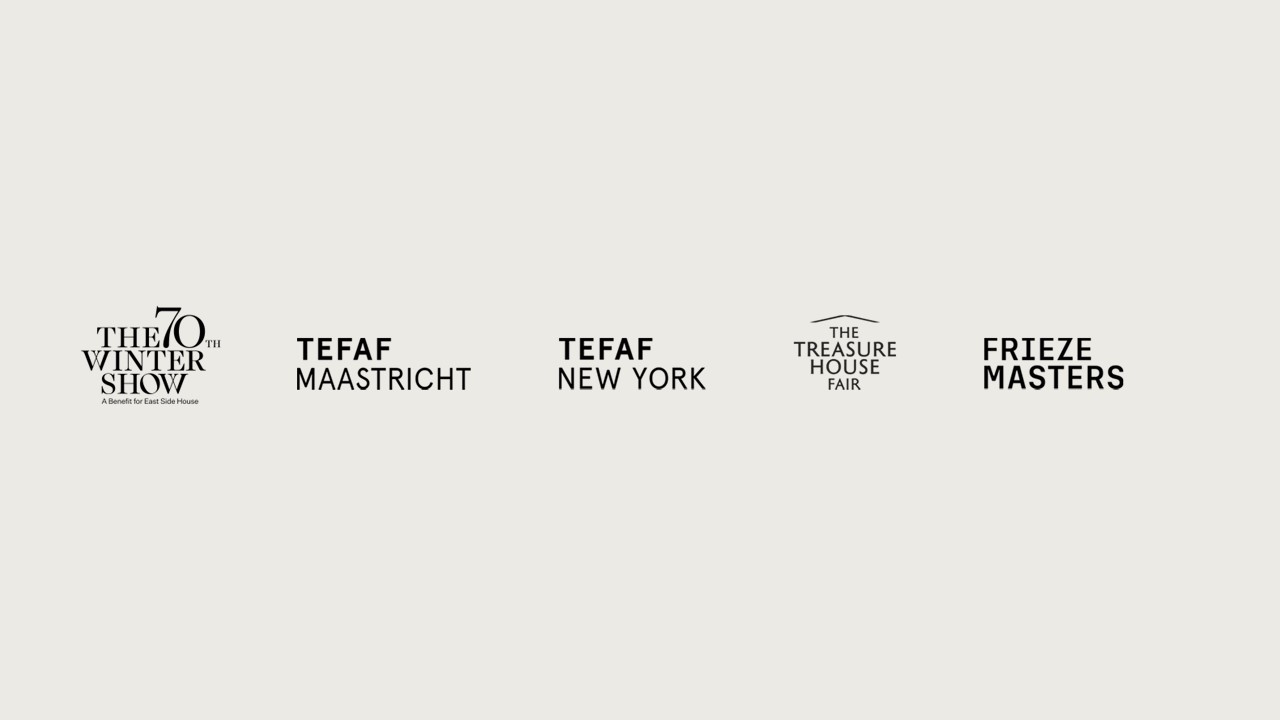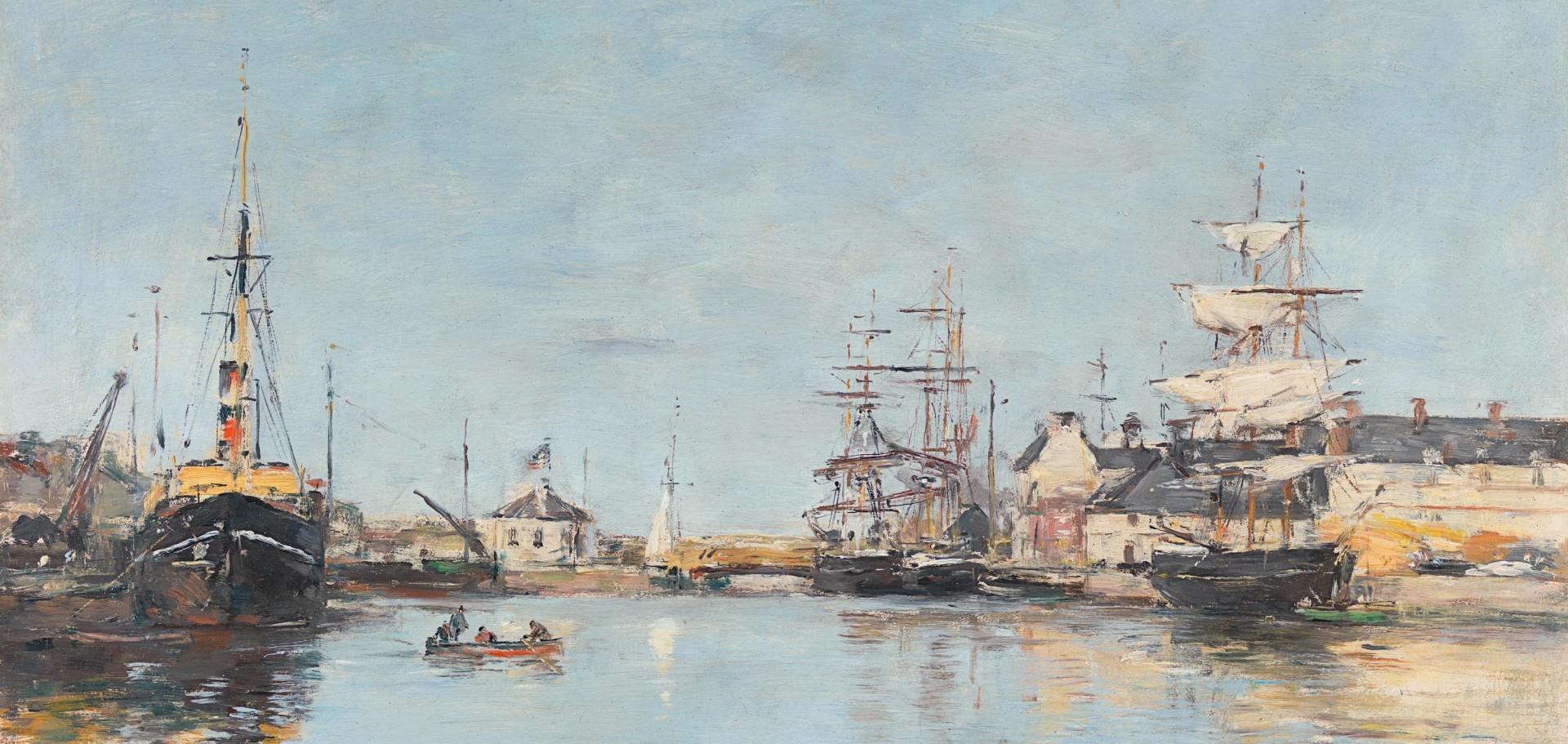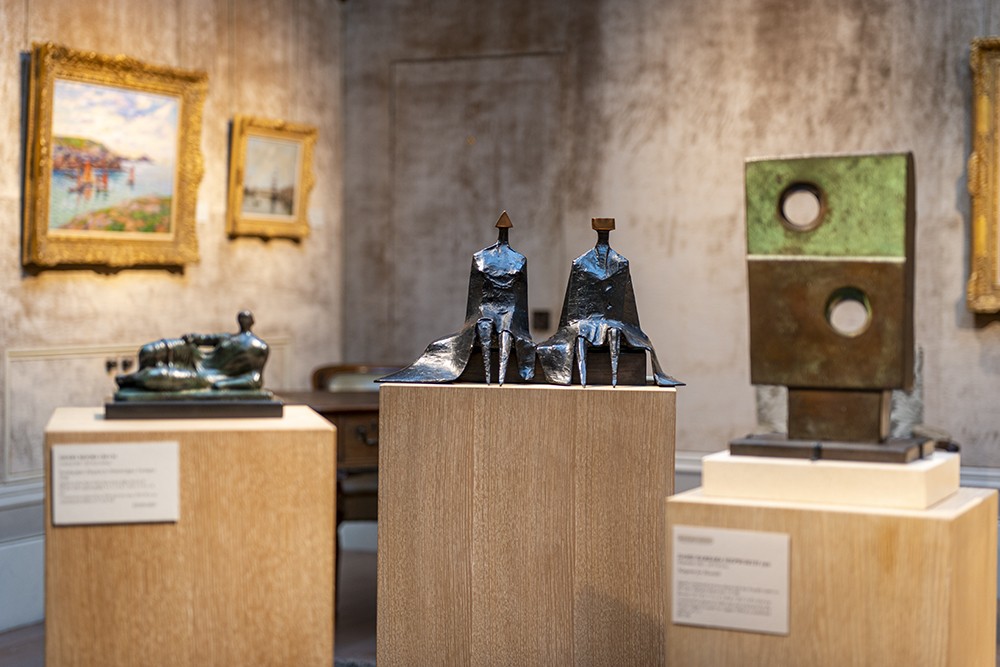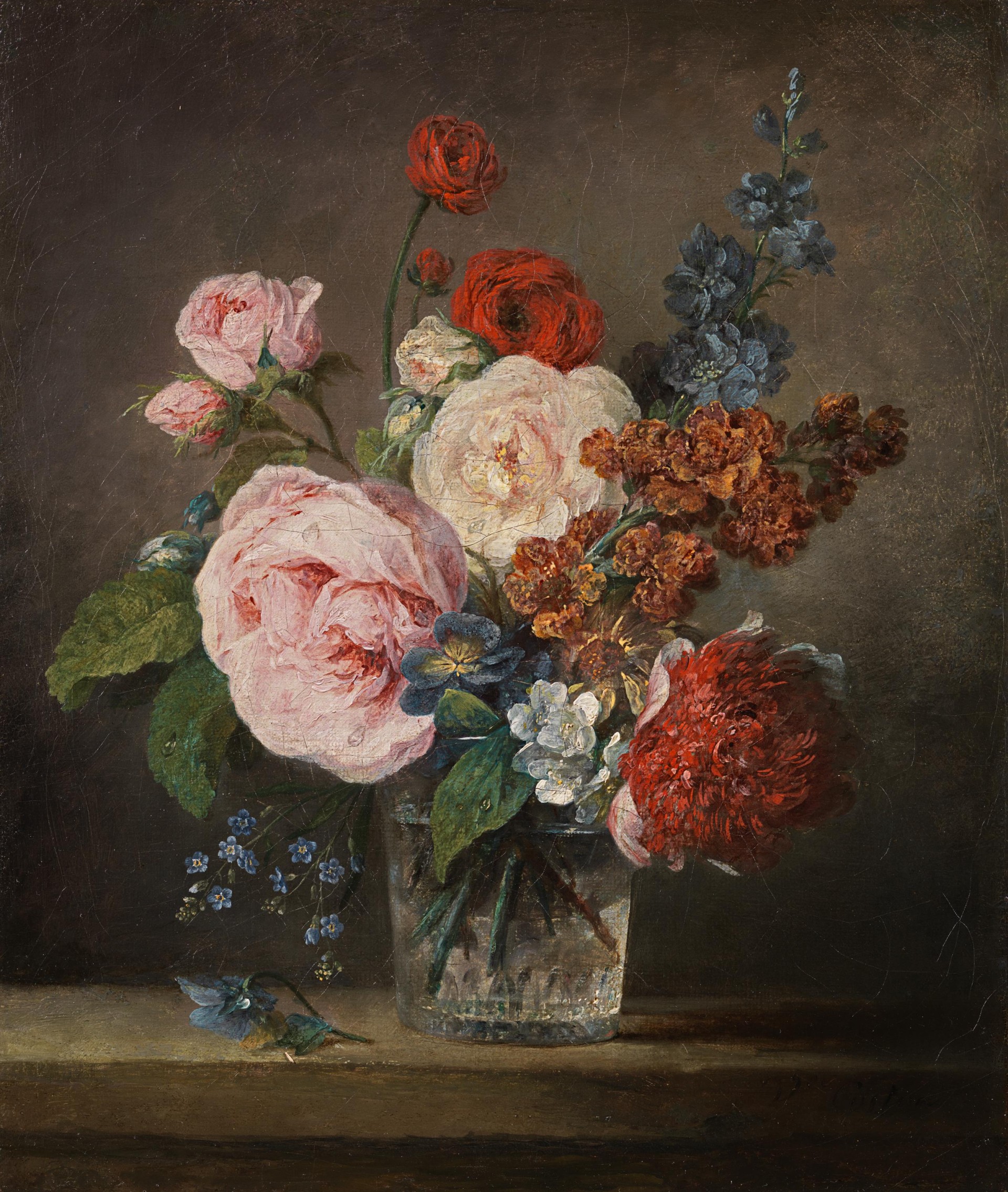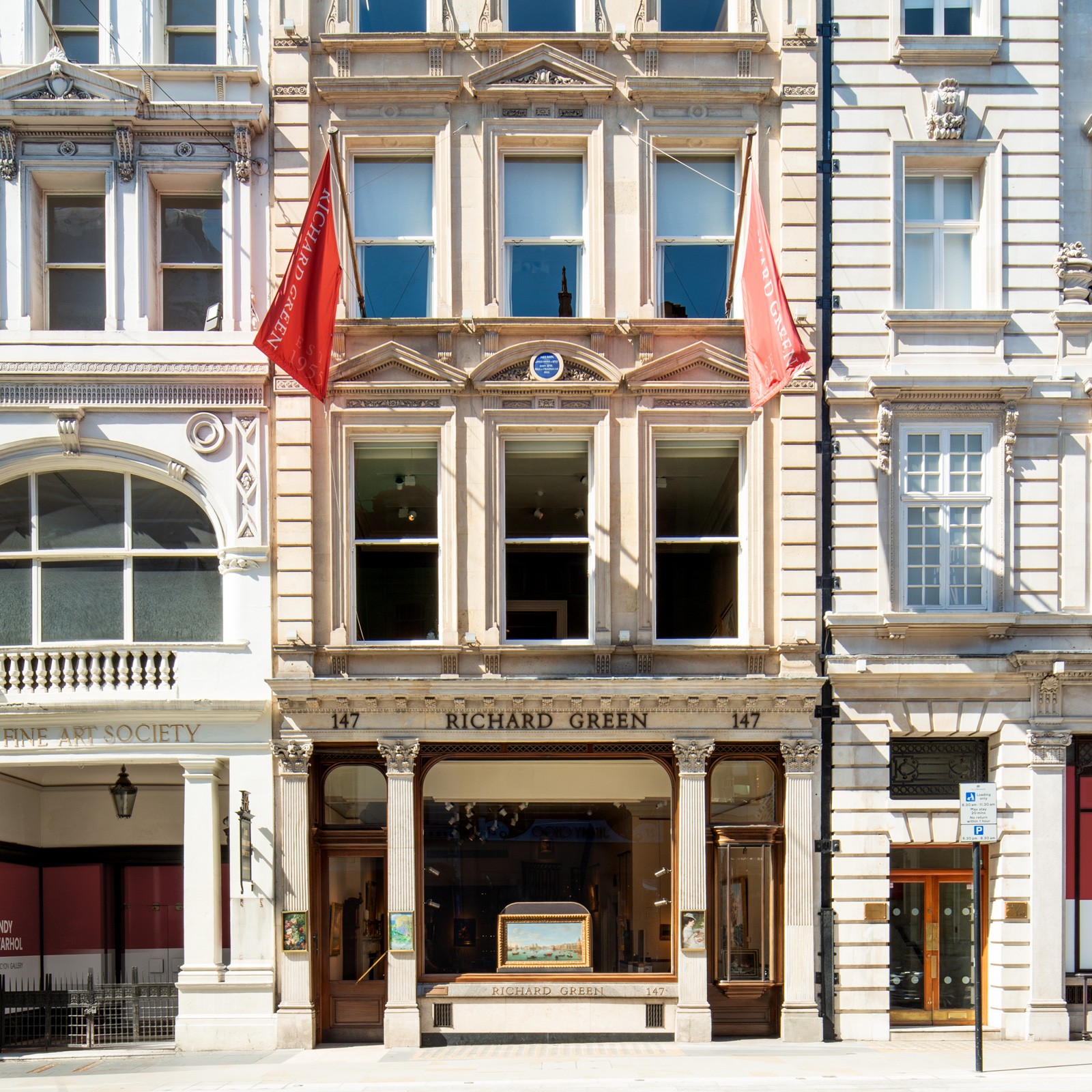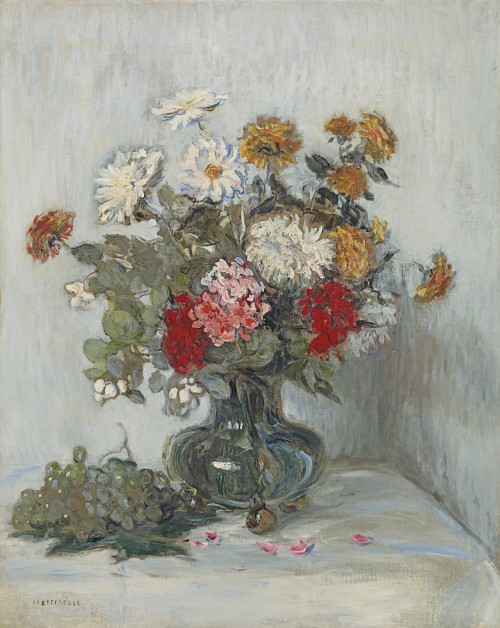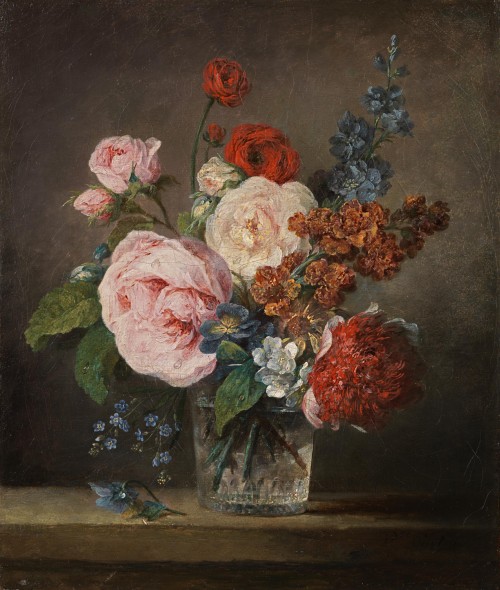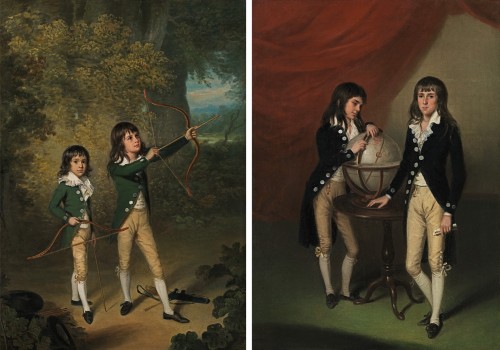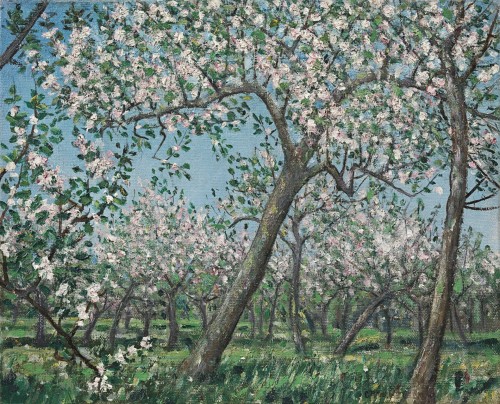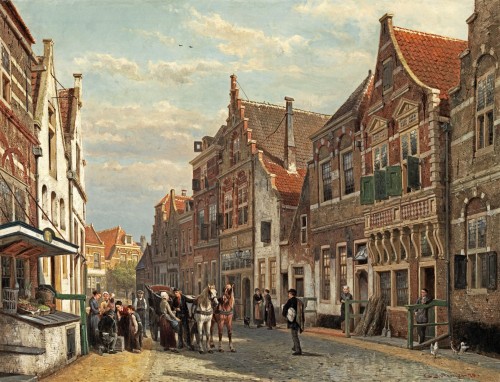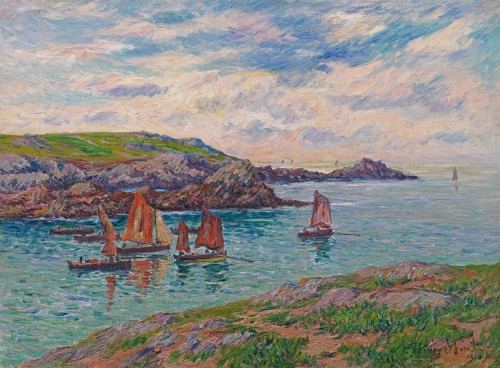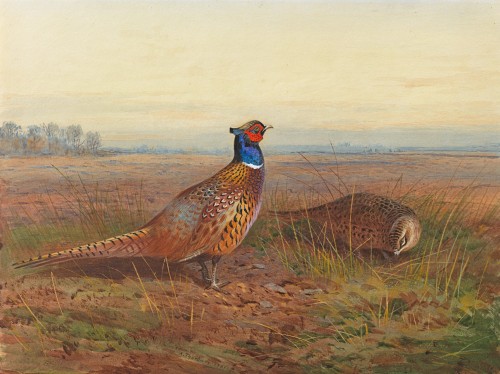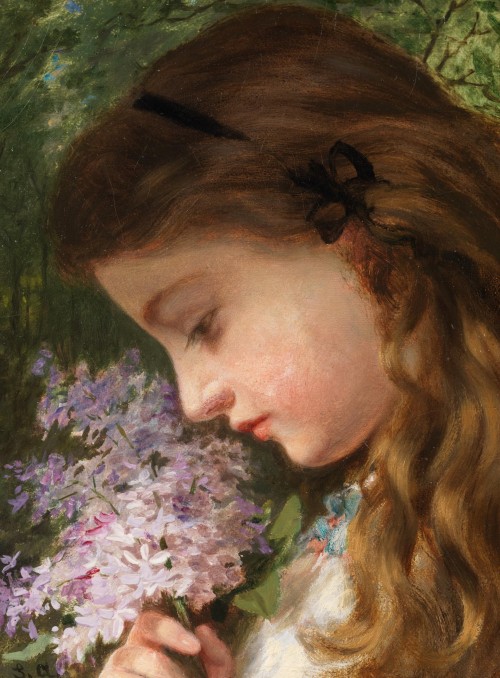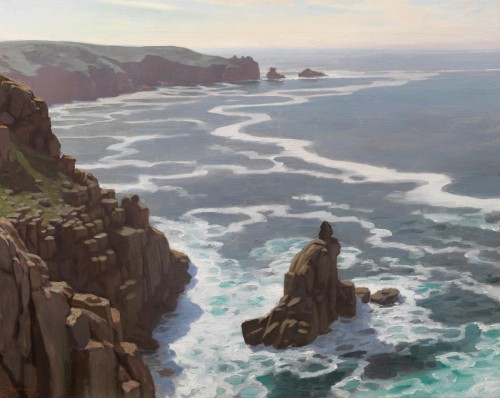Art gallery in the heart of London's Mayfair
Richard Green is an international family business with in Bond Street, Mayfair, at the heart of the London art world. For four generations we have been dealing in paintings of the highest quality, dating from the 17th to the 21st century. Forming a collection of paintings is a most interesting and rewarding experience. However, art must be wisely selected with professional advice. Richard Green assists clients to build collections that express their own individuality, providing the provenance and scholarly background to each painting, and advising on framing, hanging and all other aspects of collecting.
